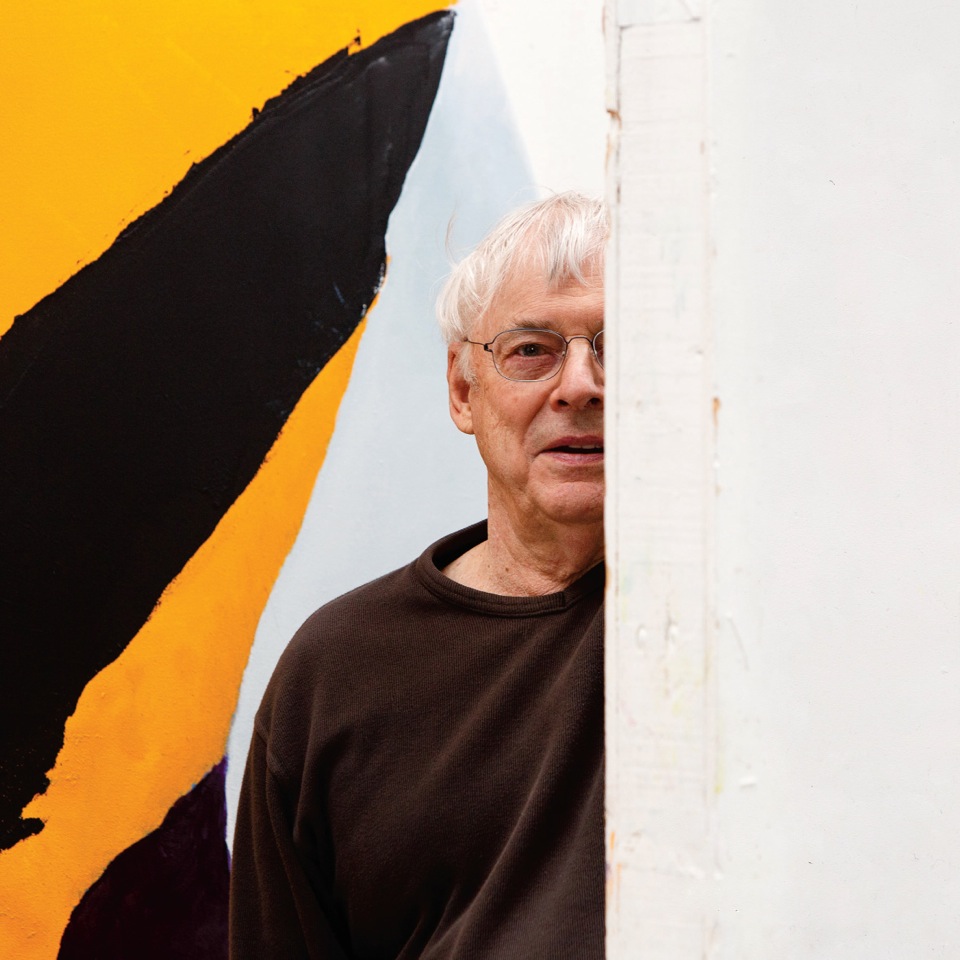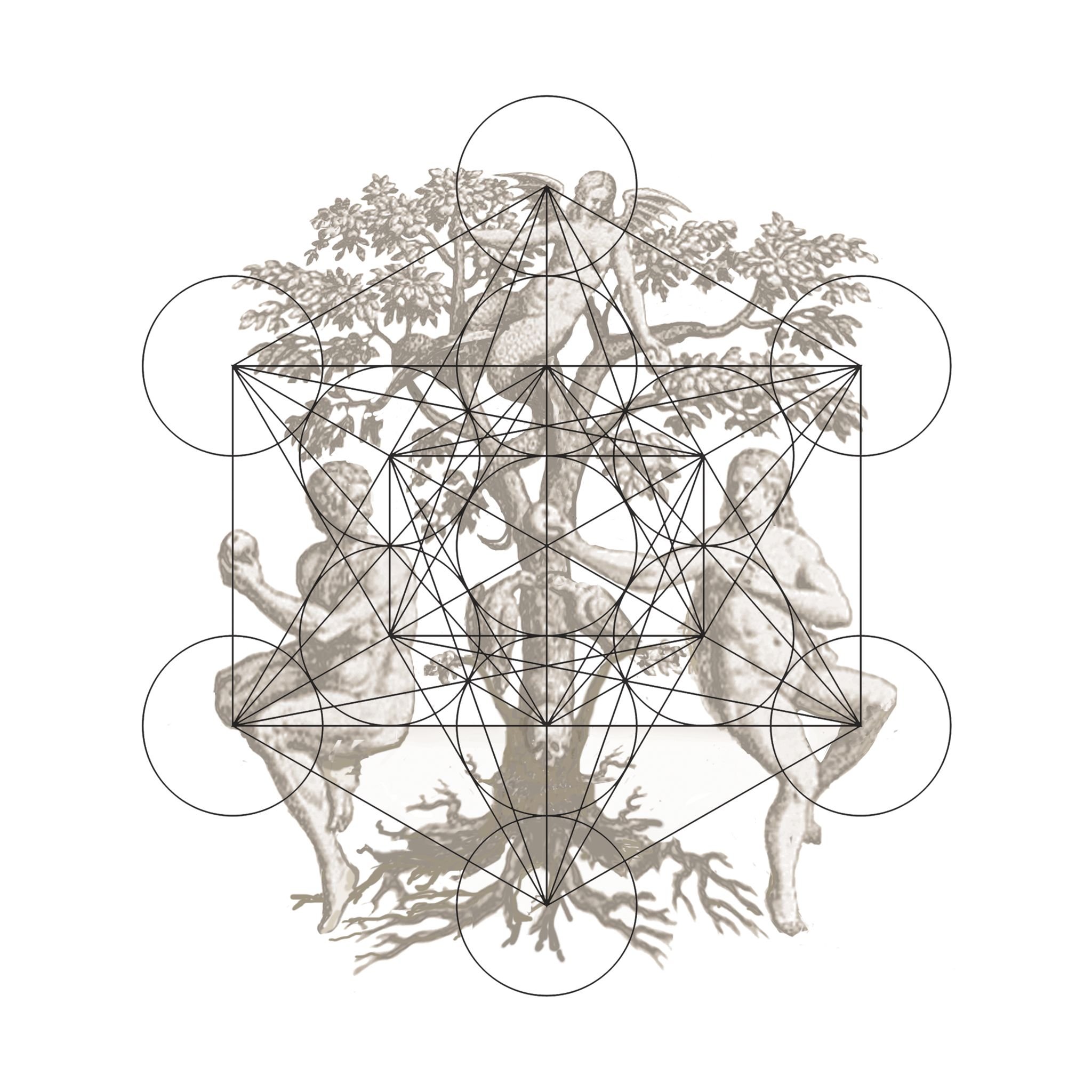
INTRODUCTION by Sara Matson :
The challenge for Bell with the Windover series was to 'let it be', to keep open the to-and-fro of pictorial demands, work with unexpected occurrences, adjust with moderation, have confidence in the final moment, then walk away. This requires deftness, daring, patience. Such intense engagement is rarely sustained in one session, so waiting, watching a film or reading the paper before returning all become party to the event...
Read more/less
In much the same way as the works exert themselves beyond the scope of their edges, it soon becomes apparent that this event occupies a broader frame of reference. Since the 1950s, Bell has articulated the dynamics of the natural elements in relation to his experiences of the world. The viewer is drawn into a personal history of encounters, at once cerebral and sensational, that is manifested in relationships of colour and form. Specifics of certain places – the light, space and strata of Florida, Italy, India, Cornwall – remain informative but are perhaps less relevant. The common preoccupation is negotiating the relentless directional force of the shaped canvas, which is continued throughout the whole series.
From One to Sixteen, free-floating forms evolve in concert, performing a succession of choreographed moves within a charged shallow space. Soft painterly veils counter searing hard edges; swathes of solid colour are paused mid-flow. They arch and fold in response to one another before splaying into the ether, or perhaps diminishing to a spindle poised above an edge of the canvas. Bell typically develops a dramatic tension between the middle and periphery of vision, keeping the eye moving, gathering pace, seemingly suspending the viewer or alluding to some space beyond.
Colour becomes a metronome, marking time. Matt blacks are soporific, whilst contrasting gloss blacks flit with light, maybe echoed elsewhere by a tentative white line. Pure pigments are slowly drawn out from the core of these forms; they glow with renewed vibrancy against the backdrop of solid colour, sometimes so luminous it becomes ephemeral.
Elsewhere, unexpected shots of opaque colour appear for the briefest of moments to secure an edge or activate the whole composition, like the jagged mustard yellow in the final canvas of the series: minimal yet essential, it offsets the interplay of black versus white in the space of a saturated green.
Bell continually conveys a sense of time through his recollection of colour – rooted in the subconscious, filtered over the years. But this is not an act of nostalgia so much as the creation of a context for a current state of mind. Perhaps the unity Bell strikes between the object and subject of his paintings, across an evolving series, derives from the enduring unity between his life and work. After nearly six decades, this equilibrium continues to question and contribute to the values of painting.
Sara Matson, Curator at Tate St Ives, 2014
ONLINE CATALOGUE (click below) :
EXHIBITION VIDEO TOUR:
ARTIST STATEMENT by Trevor Bell :
Extreme winter wind and rain constantly blasted the studio and I found a splendid location holding on to a rock over seeing the coast under such conditions, but is that really all the story? A sea-breaking rock carried memories of the ruined stupas in Ladakh and many images stored away must have their oblique say.
In earlier statements I have likened myself to a conduit in the middle, and I quickly realised that to identify the painting with particular experiences beyond itself and to place on it other meanings was a false imposition interfering with the unique experience only given by the work itself...
Read more/less
So to free them I decided to name the rest of the series simply One, Two, Three and so on in the order in which they arrived.
At ‘Thirteen’ I introduced a title ‘Collide’ which allowed me other formal possibilities.
How many painters have struggled to think of a title, after the event?
From an early art school training in the traditional post Renaissance methods of illusionistic space without any knowledge of Cubism or Constructivism and with the domination of Sickert, and the Euston Road group when the set piece diploma life paintings had to be sent to London from all over the country for assessment, it obviously took some years to realise that for me it is the form itself that carries the meaning. PAINTING not PICTURES.
Trevor Bell, 2014



